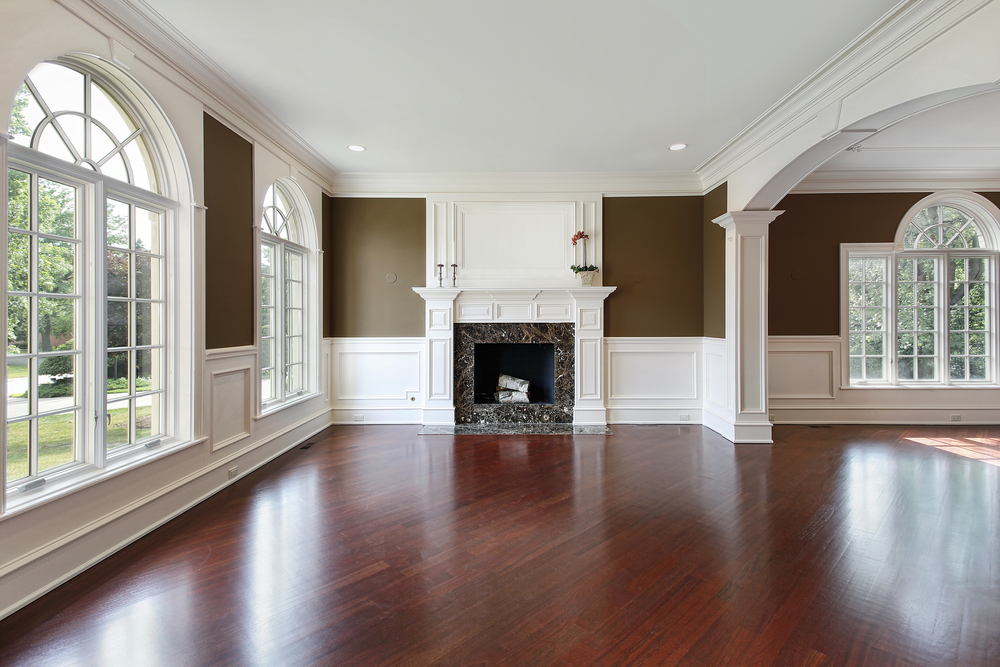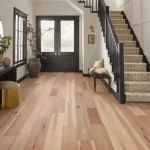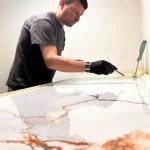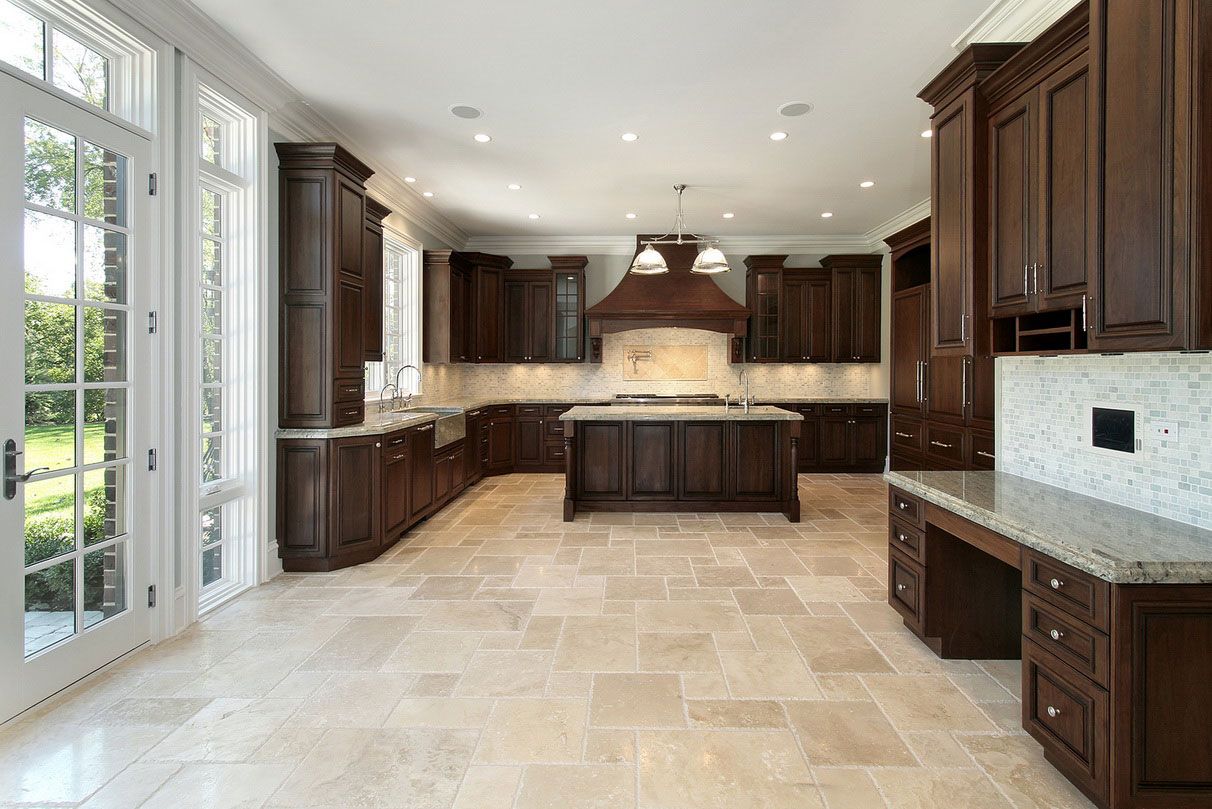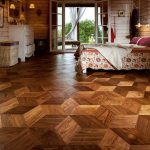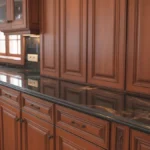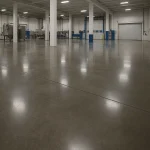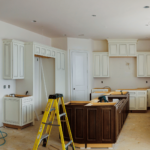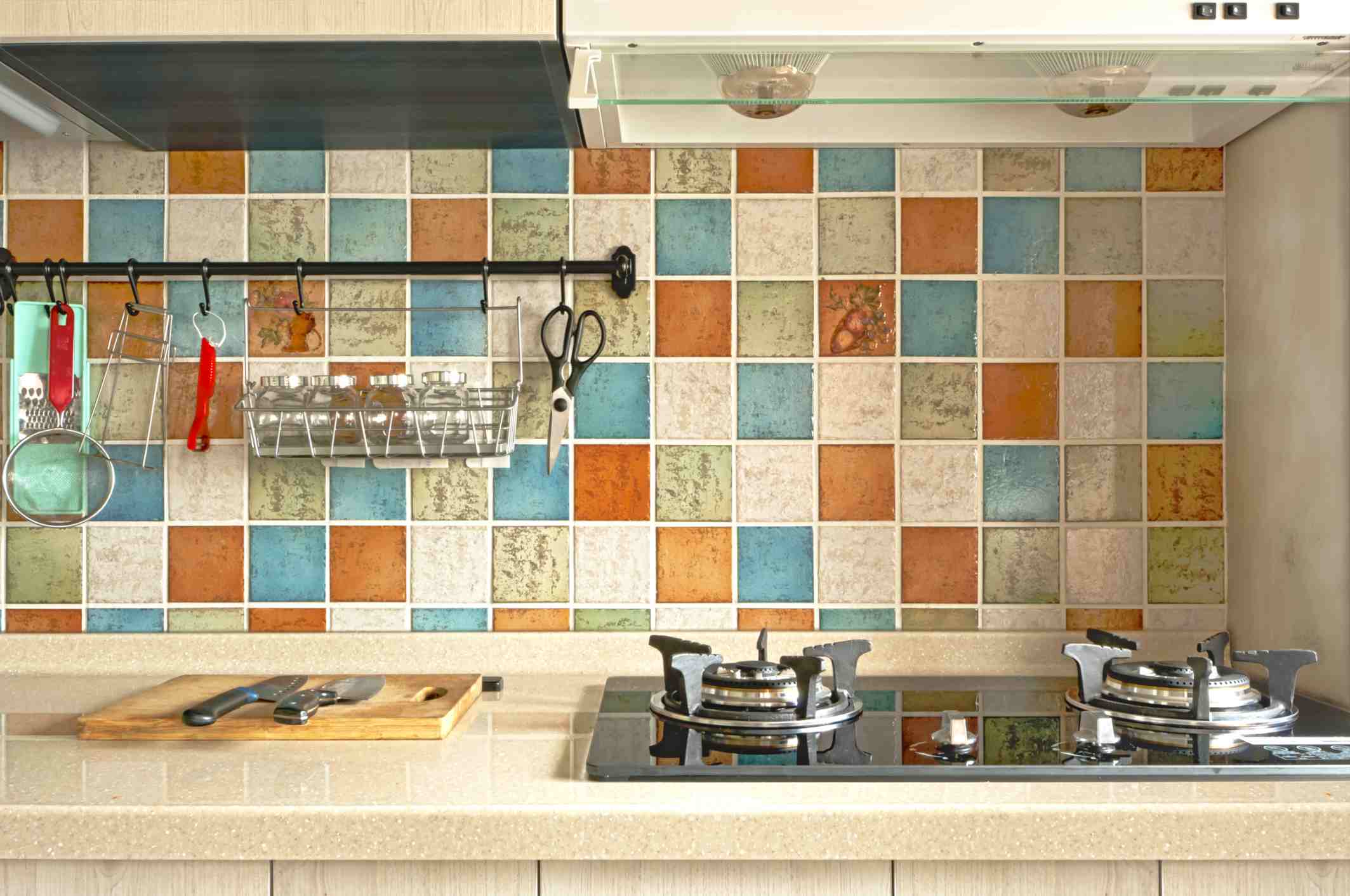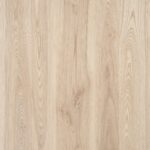There is often some misconception regarding the benefits of one flooring construction method versus another. Engineered wood and solid are one such instance.
Solid wood floors are the construction type most people think of when they image wood floors. Each plank is made from one solid piece of wood, typically with the tongue and groove connection type on each side. The benefit of the solid wood floor is the depth in which the floor can be re-sanded.
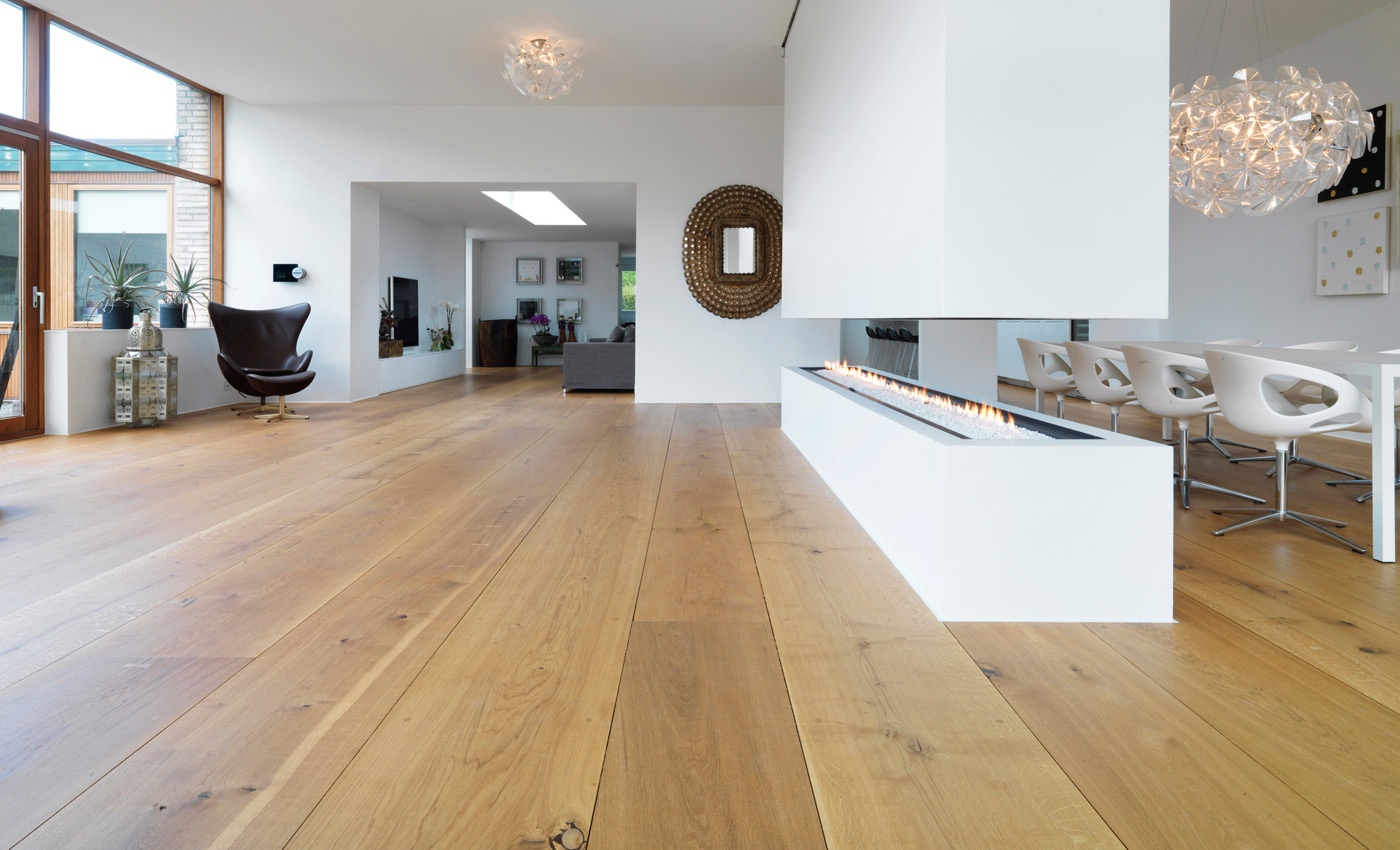
SOLID FLOORING
Unfortunately, it is typically misconstrued that one has the entire thickness of the floor to sand through. In actuality, due to the tongue and groove construction, you really only have a thin layer at the top of the plank to sand through before hindering the structural integrity of the tongue and groove connection. After so much sanding, there will be little left on the top tongue holding the other plank in place and thus, the planks will begin to break and separate. This layer many times is similar in thickness to the wear layer on some engineered wood floors.
Engineered Floors:
An engineered floor is comprised of several layers of wood, typically between three and nine. It is in fact a real wood all the way through. The benefit of this type of construction is that it allows the grain pattern of each layer to move in opposing directions.
ENGINEERED FLOORING
As the wood naturally attempts to expand and contract with moisture and humidity, the opposing layers fight with each other thus locking in the structural integrity of the plank. This is why we are now seeing a trend towards wider plank floors, as wide floors are not typically structurally sound as solid planks. Engineered floors can be refinished, typically through a process called re-screening, where the finish of the floor is scuffed away and then reapplied.
RULE OF THUMB: Engineered floors can usually be re-screened 1 time for every mm of wear layer.
This can be done multiple times throughout the life of the floor to keep it looking new.
Engineered wood floors consist of a top actual wood wear layer adhered to multiple cross-grain layers that stabilize the floor. This allows for a much quicker acclimation period prior to installation. It can also be glued directly to a concrete sub-floor with minimal risks of buckling compared to a solid wood floor. Since it has an actual real wood wear layer on top, this floor can be re-sanded multiple times, ensuring a lifetime of use. As with many of the factors that come into play when choosing the right floor, we understand that weighing all these options may become overwhelming. That’s why our expertly trained flooring specialists at woodflooringfitting.co.uk are standing by to answer any questions that you may have about our floors.

Christine Kelley is a dedicated home blogger who has been blogging for over six years. She covers everything home related. Christine also loves writing posts about her travels to Europe with her husband and two children.

